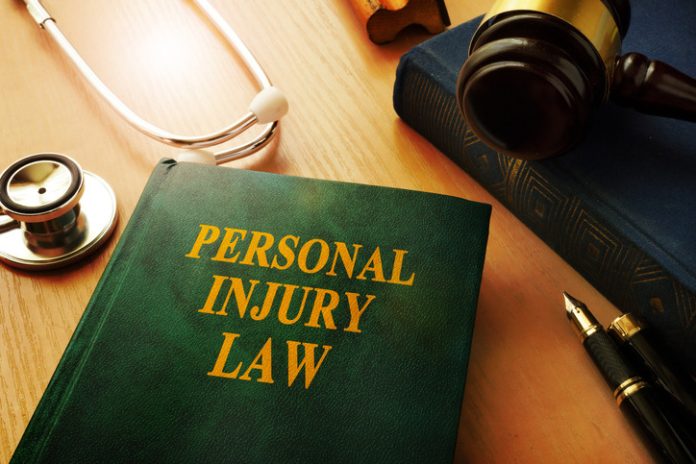Accidents and injuries can happen unexpectedly, turning your life upside down. If you’ve been injured due to someone else’s negligence in California, you may have the right to seek compensation through a personal injury claim. However, navigating the legal process can be challenging without a clear understanding of the basics. In this blog post, we will discuss the fundamental elements of personal injury claims in California.
Understanding Personal Injury Claims
Personal injury claims are legal disputes that arise when one person suffers harm due to the negligence or intentional actions of another party. These claims allow injured individuals (plaintiffs) to seek compensation (damages) for the losses they have suffered as a result of the accident or injury.
Common Types of Personal Injury Cases
Personal injury claims in California can arise from various incidents, including:
- Car Accidents: These are among the most common personal injury cases. They occur when a driver’s negligence leads to an accident that causes injuries to other parties.
- Slip and Fall Accidents: These cases often involve injuries that occur on someone else’s property due to unsafe conditions, such as wet floors, uneven surfaces, or inadequate signage.
- Medical Malpractice: These cases involve injuries caused by healthcare providers’ negligence, such as misdiagnosis, surgical errors, or medication mistakes.
- Product Liability: Product liability claims arise from injuries caused by defective products, including design defects, manufacturing defects, or inadequate warnings.
- Premises Liability: These claims involve injuries that occur on another person’s property due to dangerous conditions, such as dog bites, swimming pool accidents, or inadequate security.
Key Elements of a Personal Injury Claim
To have a valid personal injury claim in California, certain elements must be established:
- Duty of Care: The defendant (the person or entity being sued) owed a duty of care to the plaintiff (the injured party). For example, drivers have a duty to operate their vehicles safely, and property owners have a duty to maintain their premises in a safe condition for visitors.
- Breach of Duty: The defendant breached their duty of care by acting negligently or recklessly. This breach can involve actions like speeding, ignoring safety regulations, or failing to maintain a property adequately.
- Causation: The defendant’s breach of duty must be the direct cause of the plaintiff’s injuries. There must be a clear connection between the defendant’s actions and the harm suffered.
- Damages: The plaintiff must have suffered actual damages as a result of the defendant’s negligence. These damages can include medical bills, lost wages, pain and suffering, and property damage.
Statute of Limitations
In California, personal injury claims are subject to a statute of limitations, which is a strict time limit for filing a lawsuit. The specific time frame varies depending on the type of case. Generally, personal injury claims must be filed within two years from the date of the injury or discovery of the injury. Failure to meet this deadline can result in the loss of the right to pursue compensation.
Comparative Negligence
California follows a comparative negligence system, which means that multiple parties can share fault for an accident or injury. If the injured party is found to be partially at fault, their compensation may be reduced proportionally. For example, if a plaintiff is determined to be 20% at fault for a car accident, their compensation will be reduced by 20%.
Consult an Attorney
Navigating a personal injury claim can be a complex and daunting process, especially when dealing with insurance companies and legal procedures. Consulting with a qualified personal injury attorney is essential. An attorney from Drake Law Firm can help you gather evidence, assess the strength of your case, negotiate with insurance companies, and represent your interests in court if necessary.
Conclusion
Understanding the basics of personal injury claims in California is crucial if you or a loved one has suffered an injury due to someone else’s negligence. These claims provide a legal avenue to seek compensation for the physical, emotional, and financial losses you have experienced. By knowing the key elements of a personal injury claim, the statute of limitations, and the concept of comparative negligence, you can take the necessary steps to protect your rights and pursue the compensation you deserve. Consulting with an experienced personal injury attorney is often the first and most important step in the process of seeking justice and recovering from the aftermath of an injury.




































